The world's most important shipping route is cut off.
On February 6, the Ministry of Industry and Trade coordinated with the Vietnam Maritime Administration (Ministry of Transport) and the Middle East - Africa Department (Ministry of Foreign Affairs) to hold a meeting to discuss solutions to remove difficulties for import-export enterprises due to the situation in the Red Sea.
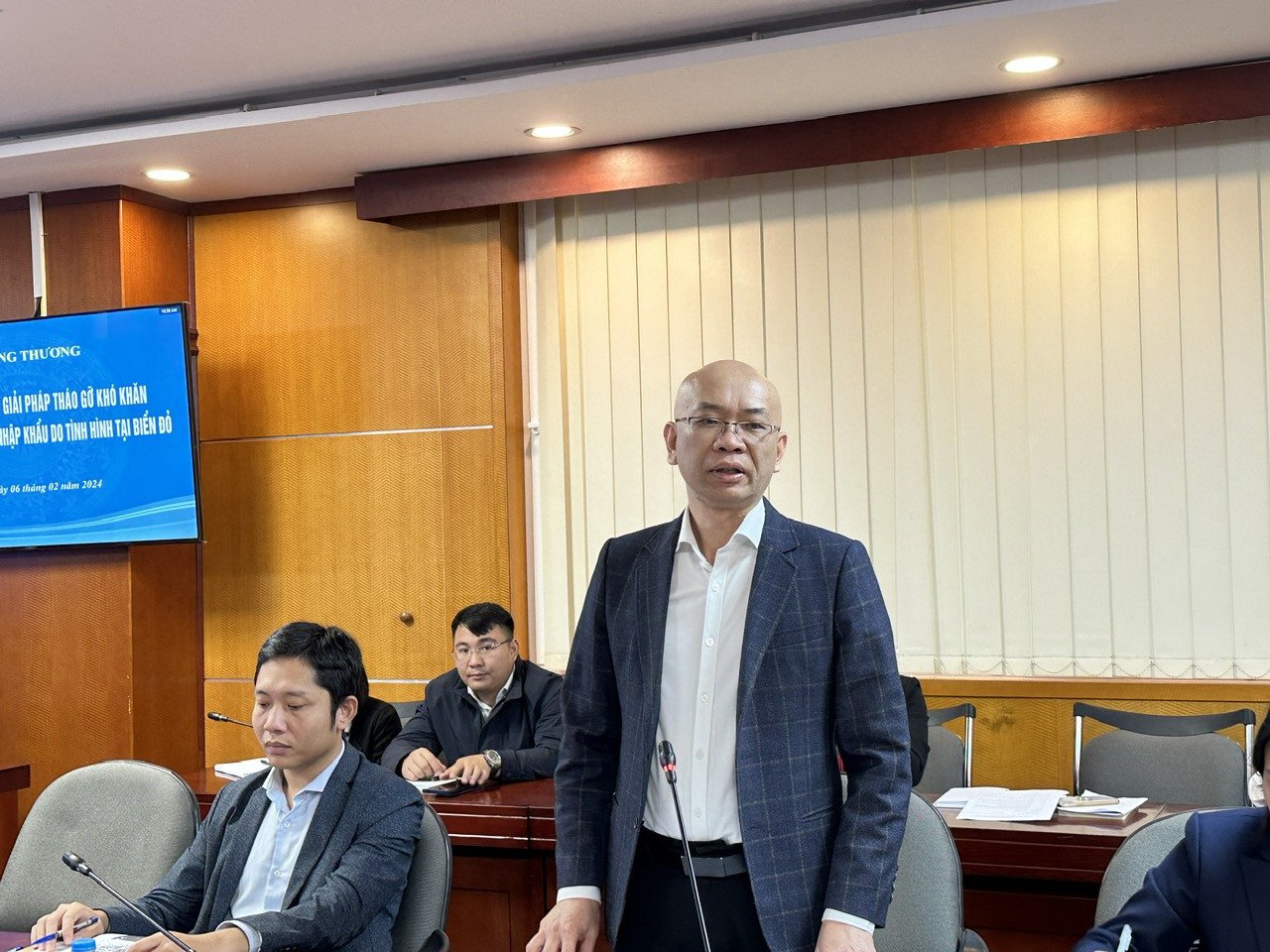
Mr. Tran Thanh Hai - Deputy Director of the Import-Export Department (Ministry of Industry and Trade) said that since the end of 2023, due to conflicts in the Red Sea area, many shipping lines have had to change routes, not going through the Suez Canal but going around the Cape of Good Hope, making the ship's journey 10 to 15 days longer than before.
Along with restrictions on ships passing through the Panama Canal due to drought (El Nino), the latest developments in the Red Sea have had a negative impact on the world's shipping industry as well as negatively affected Vietnam's import and export activities, most directly with Europe and North America.
Faced with the above situation, since the end of December 2023, the Ministry of Industry and Trade has issued a document informing and recommending to associations, logistics service enterprises as well as import-export enterprises a number of solutions to limit the impacts of the situation arising in the Red Sea region.
In 2023, Vietnam's total import-export turnover with Europe was 71.14 billion USD and with North America was 122.3 billion USD. The total import-export turnover of these two regions accounted for 28.4% of the total import-export turnover of the whole country in 2023. Therefore, it can be seen that the impact of the Red Sea conflict on Vietnam is not small.
Some of the immediate negative impacts are increased freight rates, more seriously the shortage of empty containers, longer shipping times and the impact on the ability to meet import and export orders.
Furthermore, rising transportation costs and oil prices will have a domino effect on other commodity prices and add to economic and geopolitical uncertainty, thereby hampering the global economic recovery.
Mr. Truong Van Cam - Vice President and General Secretary of the Vietnam Textile and Apparel Association (VITAS) - said that currently, enterprises in the industry are implementing the form of CIF import (the price is calculated at the port of the importing country) and FOB export (the seller completes the responsibility when the goods have been loaded onto the deck of the ship at the loading port), so there is not much immediate direct impact. Because for signed orders, the manufacturing and exporting enterprises are usually only responsible for the goods being loaded onto the ship. The next steps will be borne by the shipping lines and customers.
However, when risks occur, there must be sharing, or in other words, customers will ask the seller to share certain things to reduce their losses. On the other hand, normally there are no sudden situations like this, customers have requested fast delivery, and when the shipping time is extended from 10 to 15 days, it leads to a shortened production time, putting pressure on manufacturing businesses to deliver on time.
The most worrying thing is that it is not known when the incident will end. Mr. Cam shared and at the same time suggested that shipping lines be transparent and provide early and timely information so that businesses can have directions to respond if there are changes with additional surcharges.
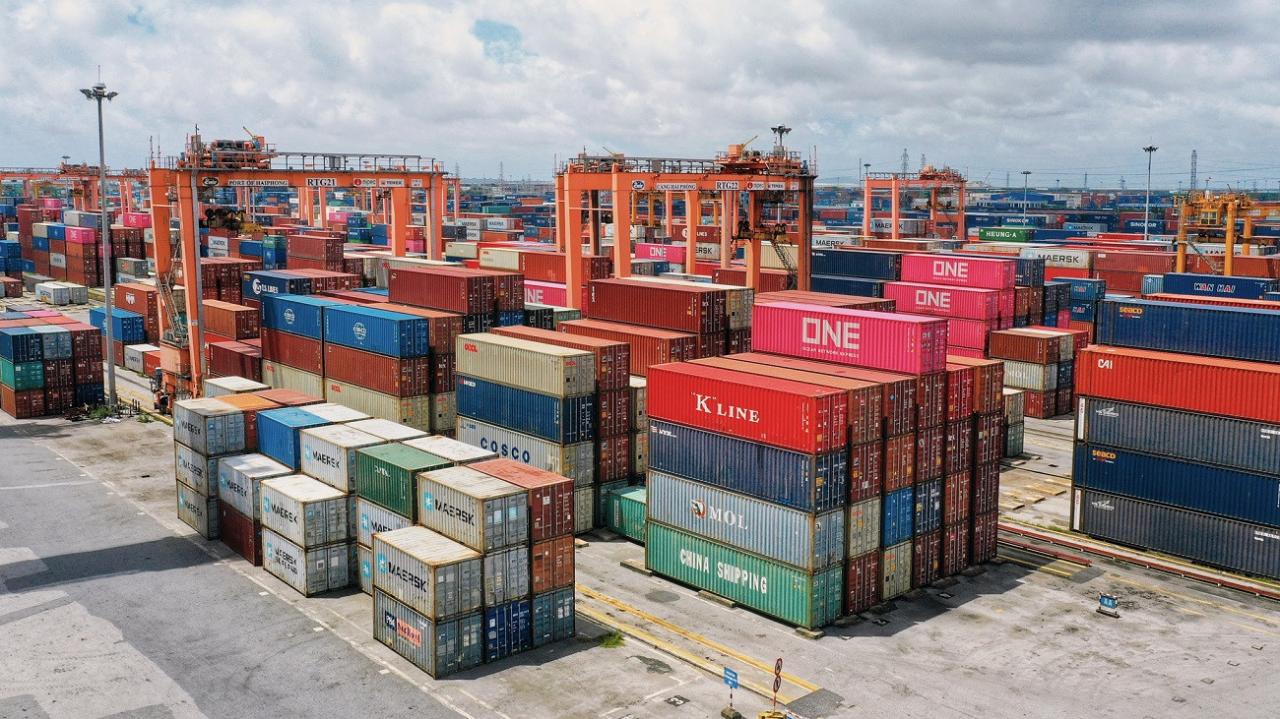
Cost increase, delay doubled
Mr. Nguyen Hoai Nam - Deputy General Secretary of the Vietnam Association of Seafood Exporters and Producers (VASEP) - said: The total cost paid for a container of goods in the past month, the shipping fee to the West Coast is increasing by 70%, but the frozen goods to Europe are increasing by nearly 4 times. Along with the difficulty of declining export orders, the Red Sea tension has created more difficulties for the industries.
Mr. Nam also proposed to receive more information and said that what export enterprises and state management agencies are most interested in is the cooperation, support and active participation of shipping lines at this time, one of the important links in import and export activities.
“Most shipping lines are rerouting around the Cape of Good Hope, in the context that both imports and exports will decrease by 30-40% in 2023, which means shipping lines will cut down on mother ships. Combined with the Red Sea tensions, the transit time from Asia to Europe will be extended by 14 days, thus doubling the delay,” said Mr. Nguyen Hoai Nam.
In the agricultural sector, Ms. Hoang Thi Lien - President of the Vietnam Pepper and Spice Association said that currently, this item is exported to the EU market accounting for 20%.
“There are businesses that have loaded goods on ships since December 20, 2023, but by January 5, 2024, that is, 15 days after the shipping line has sailed, they were charged a surcharge of USD 2,000/40-foot container. The arbitrary application of fees, without prior notice, without dialogue or agreement, puts exporters in a “fish on the chopping block” position,” Ms. Hoang Thi Lien shared, saying that the behavior of shipping lines is not transparent, not public, and not appropriate.

Source




![[Photo] Buddha's Birthday 2025: Honoring the message of love, wisdom, and tolerance](https://vphoto.vietnam.vn/thumb/1200x675/vietnam/resource/IMAGE/2025/5/12/8cd2a70beb264374b41fc5d36add6c3d)


![[Photo] Prime Minister Pham Minh Chinh starts construction of vital highway through Thai Binh and Nam Dinh](https://vphoto.vietnam.vn/thumb/1200x675/vietnam/resource/IMAGE/2025/5/12/52d98584ccea4c8dbf7c7f7484433af5)









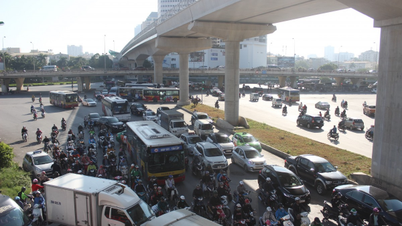












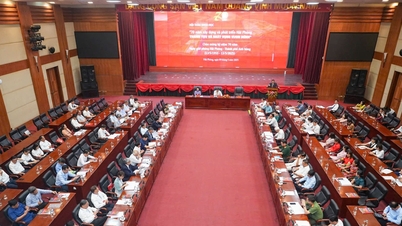


![[Photo] General Secretary To Lam meets and expresses gratitude to Vietnam's Belarusian friends](https://vphoto.vietnam.vn/thumb/1200x675/vietnam/resource/IMAGE/2025/5/11/c515ee2054c54a87aa8a7cb520f2fa6e)








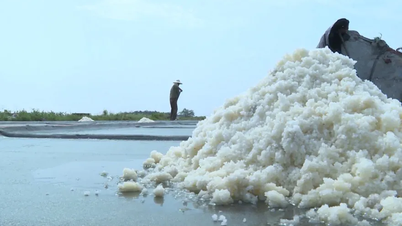










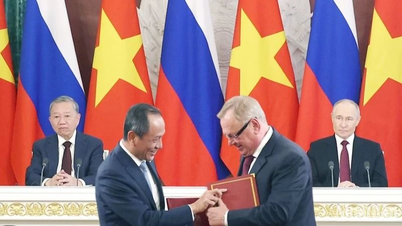



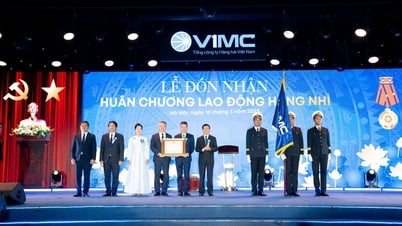





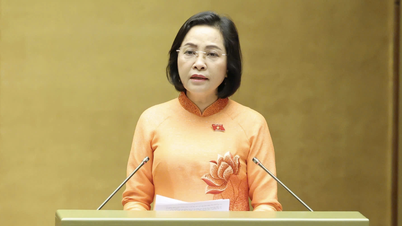


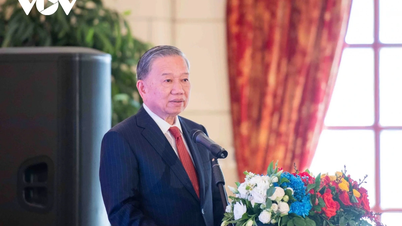

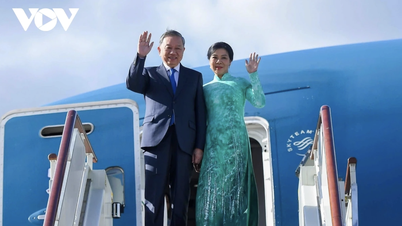
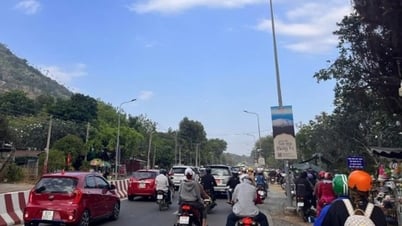
















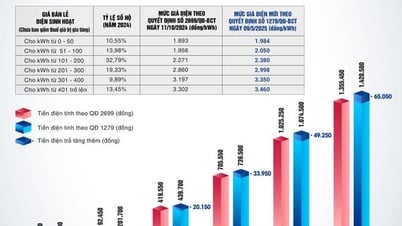











Comment (0)